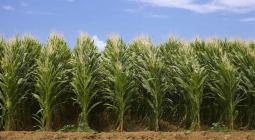Urban microclimates can turn deadly as climate crisis deepens

Microclimates are best known to gardeners, for example semi-tropical collections on the west coast of Britain where the warm Gulf Stream waters keep certain favoured spots frost-free and allow cultivation of Mediterranean and some tropical plants.
But as the climate crisis progresses, other less benign microclimates can become killers. Tall buildings and other dense housing being built in British towns can trap the heat and raise temperatures more than 2C at night, pushing them into a danger zone. This is not some theoretical future hazard: 20,000 people died as a result of last summer’s heatwave in western Europe, mostly in cities.
The same is true of winds. A gale in the countryside can be amplified in towns to dangerous, sometimes life-threatening gusts. Pedestrians and cyclists are vulnerable to being knocked over as the wind speed is amplified, squeezed between tall buildings.
Local observations were the way of measuring these adverse effects of microclimates, defined as areas less than 2km across, but now powerful computers have been harnessed by scientists to show where the most potentially dangerous microclimates have been created. They also show how urban lawns and trees can help mitigate the effects, reducing heat by more than 2C, and where urban wind turbines could be usefully sited.
cover photo:Commuters travelling towards Manchester city centre. Computers show where the most potentially dangerous microclimates have been created. Photograph: Christopher Thomond/The Guardian







